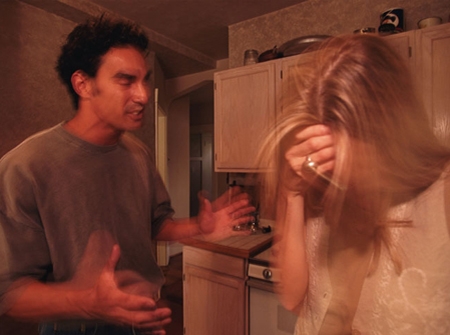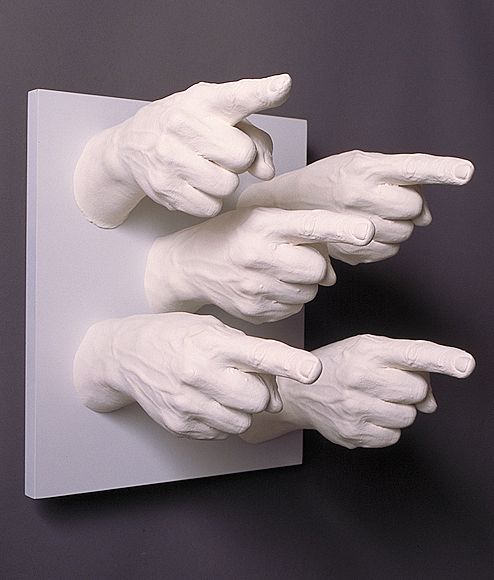The Ups and Downs of Self Esteem?
In order to raise your [tag-tec]self esteem[/tag-tec], [tag-tec]improve your self confidence[/tag-tec] and just plain start feeling good about yourself, you must stop protecting yourself from the ups and downs you feel when you are judged or criticized. People will always have opinions, some people will like you and some won’t. You will succeed at some things and not others. Some people will think you’re wonderful and some will criticize you. Rather than defending yourself from these negative judgments and opinions, start translating them into what they truly mean…
How do you react to being judged or [tag-tec]criticized[/tag-tec]?
If you believe that your self-esteem is attached to how you feel in each moment, whether someone likes you or not, or whether you succeed or fail with your goals, then it will feel like your sense of self-esteem is on a roller coaster ride.
A great woman once said,
“No one can make you feel inferior without your consent.”
The woman was Eleanor Roosevelt and she understood that you and you alone are responsible for how you feel. Why would you feel bad about what someone else thinks of you unless you are worried about it being true in some way?
Now, you’re not alone in this. The “habitual way of being” of constantly buying into the judgments of others is extremely common. In most cultures we are actually taught that our parents, teachers, and most other adult authorities were the best judge of whether we were good or bad, right or wrong, or acting appropriately or inappropriately. With this as our training, why wouldn’t we grow up believing that we are defined by other people’s judgments of us?
We are trained so well in fact that as we grow up we learn to judge ourselves in these same ways. So then, not only did we lean to worry about the judgments of others, we become paralyzed by our judgments of ourselves.
If this sounds all too familiar to you then the question becomes: how do we get out of this mental habit so we can improve our self-confidence and start feeling good about ourselves?
“The only way to change is by changing your understanding.” ~ Anthony De Mello
The key is to get conscious
A good first step toward becoming conscious is to recognize that our low self-esteem has deep roots in our fear of being judged, both by ourselves and others.
The next step is to start translating these judgments into the truth of what they really mean. This may be hard to see at first, but we’ve found that every judgment springs from a desire to support you.
You might be saying; “Support me, how can anything so negative and destructive be supportive?”
“Suffering occurs when something is taken for what it’s not, rather than for what it is.” ~Suzanne Segal
Judgments and criticisms are never about you. They are about the values and needs of the person expressing them. We believe that within every judgment or criticism–even the ones you have about yourself–there are core values that the person making the judgment wants to experience or needs they want to have met.
As an example, let’s say you locked your keys in the car and the person riding with you says to you with a tone of disgust; “You’re such an idiot!” Then you say to yourself; “They’re probably right. That was a stupid thing to do.” This response is a reaction from your old conditioning. Whenever you respond without investigating the deeper meaning of these negative labels you reinforce this “habitual way of being”. It’s no wonder that anger, frustration, sadness, and lowered self-esteem are the result.
“Whenever anything negative happens to you, there is a deep lesson concealed within it, although you may not see it at the time.” ~Eckhart Tolle
But let’s take a look at what happens after you’ve become conscious of this old pattern and have chosen to respond from the understanding that every judgment or criticism is stimulated by a value or a need that has yet to be revealed.
We’ll use the same example where somebody says; “You’re such an idiot!” But this time — rather than defending yourself or submitting to the judgment — you respond with curiosity and say to yourself; “I wonder what’s going on with them, what value are they trying to experience or what need are they trying to met?”
You are now ready to take the third step. This is when you start guessing what the other person may value or need that would lead them to say such a thing in the first place. This process requires that you develop your Values Intelligence.
Similar to Emotional Intelligence, Values Intelligence is the ability to identify the deeply held values that motivates a person’s thoughts, intentions, strategies, and the actions they take. It’s also the ability to recognize, regardless of our circumstances, what we personally hold deeply important. Our Values Intelligence is what allows us to, in an instant, form our own intentions and strategies so they are in harmony with the essence of who we are at a very profound level.
In our example the person may value predictability or carefulness and their remark is the best way they know how to encourage you to pay attention to these traits. They may be in a hurry and the remark was stimulated by their value for integrity or punctuality and they were hoping to let you know how worried they are about being late.
“In wisdom gathered over time I have found that every experience is a form of exploration.” ~Ansel Adams
It’s important to remember that you can’t know what the other person may value from a critical remark such as this. You can only put yourself in their shoes, guess what might lead you to make such a statement in a similar situation, and then perhaps ask them if your guess is accurate.
The crucial thing here is that, whether or not you get to what is important to them, you have taken your attention off of what might be “wrong with you” and placed your attention on discovering the hidden motivation that stimulated the comment in the first place.
Learn to turn your attention from the superficial judgments and criticisms you may hear to discovering the underlying values and needs that they so effectively hide, and you’ll also learn to turn their sting into a sense of anticipation about exploring a deeper connection and understanding with the person making them.
When you stop buying into these judgments you’ll start discovering it’s surprisingly easy to figure out how everyone can experience more of what they value in life. You’ll find that this ability to translate negative judgments and criticisms into their true meaning can lead to a deep sense of self-confidence and feeling good about yourself.
And isn’t that what self esteem is–feeling good about yourself?




![Reblog this post [with Zemanta]](http://img.zemanta.com/reblog_e.png?x-id=df946d4f-e22e-42f0-9e1c-dd3a70119560)








